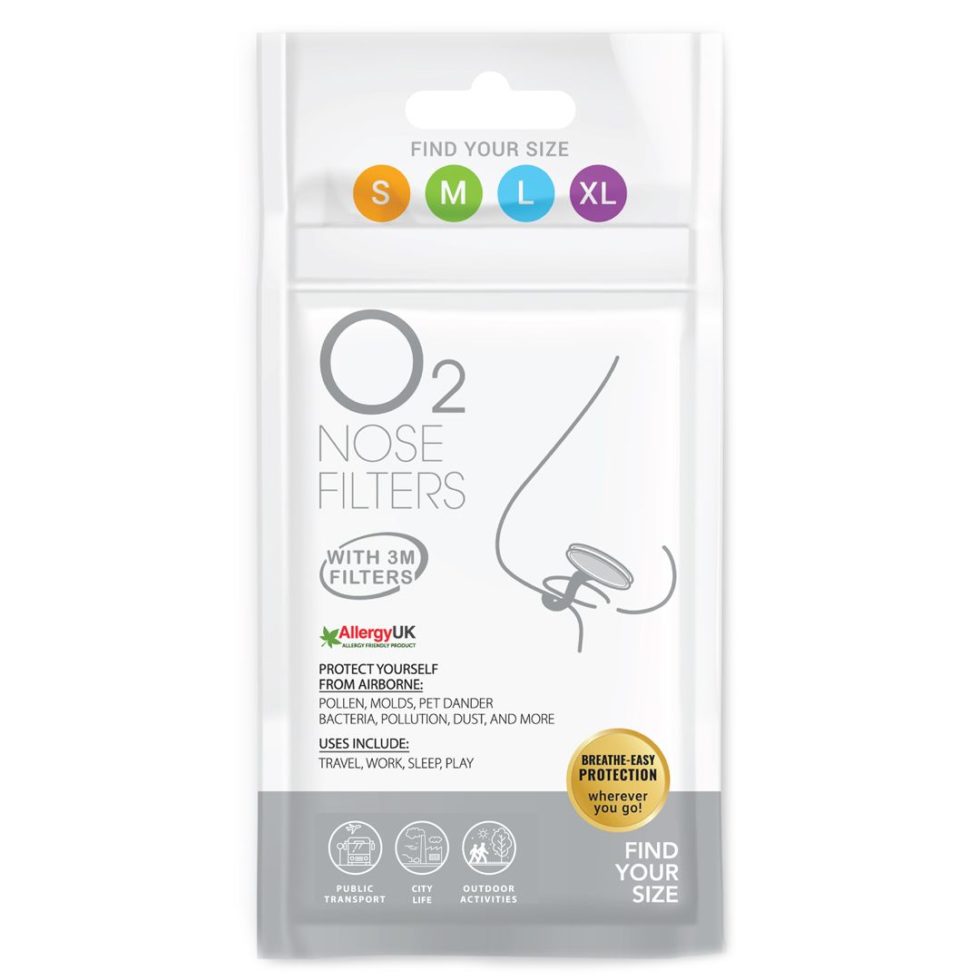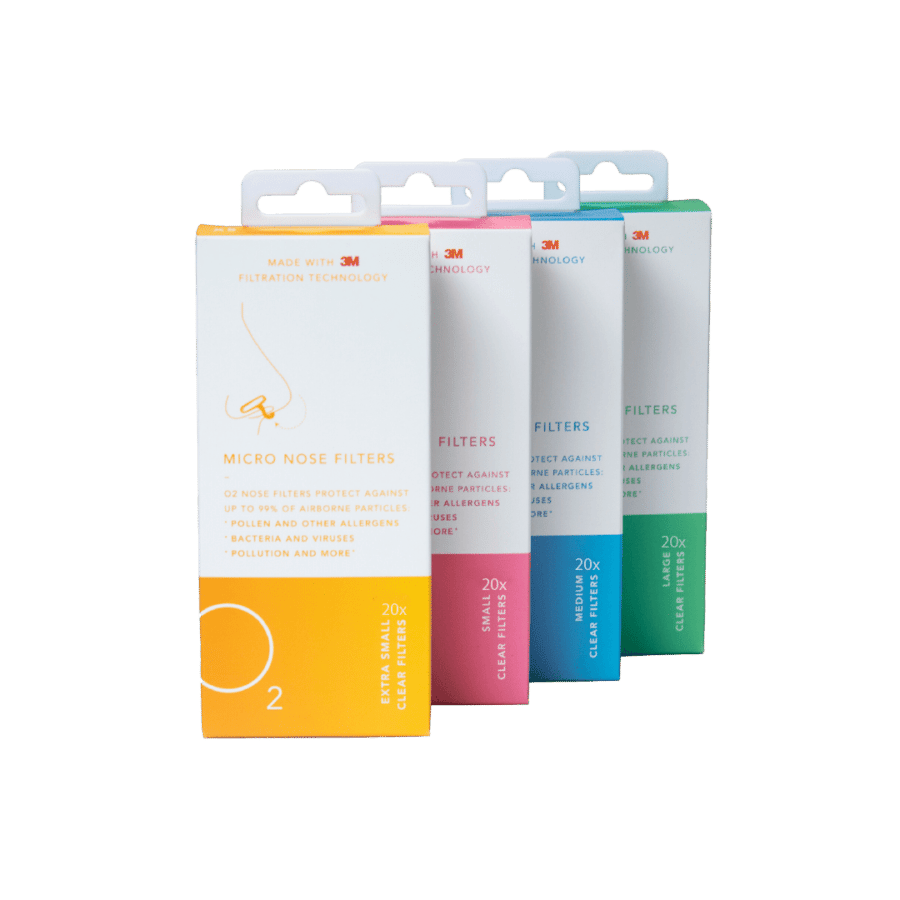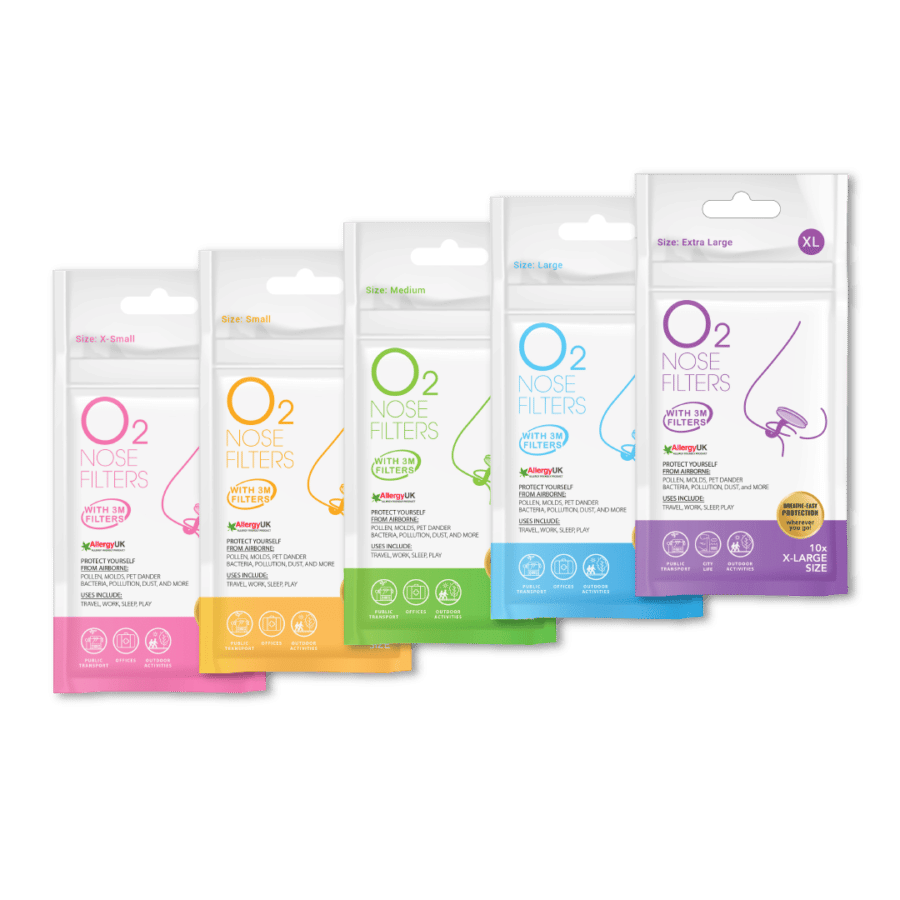Do you have a tickle in the back of your throat that’s causing you to cough up phlegm? Has this annoying issue been developing for months without any sign of going away? Chances are you have a common health issue called Postnasal Drip that’s diagnosed when one’s nasal glands produce an overabundance of mucus which drips down the back of your throat. To best understand postnasal drip, read below to learn about its causes, symptoms, treatments, and preventable tactics of this frustrating throat clearing condition.
Causes of Postnasal Drip
Mucus is typically produced to filter out the nasal passages and provide lubrication to your throat. This essential process helps your body fight infections, filter out foreign matter, and moisten nasal membranes. Postnasal drip occurs when this process begins to produce extra mucus which causes your swallowing pattern to become a conscious rather than unconscious habit.
Allergies are among the most common causes for postnasal drip, however a litany of other issues can cause this annoying habit, such as:
- A Deviated Septum
- Sinus Infections
- Weather Changes
- Dry Air
- Viral Infections
- Cold Temperatures
- Certain Medications (including blood pressure and birth control prescriptions)
- Spicy Foods
- Pregnancy
- Asthma
- Acid Reflux
Symptoms of Postnasal Drip
Mucus is normally swallowed unconsciously, but the primary symptom of postnasal drip is an irritating feeling of mucus gathering in the throat after it drips from the back of your nose. This process can lead to an irritated sore throat over time that may cause coughing and voice hoarseness. Affected individuals may also notice more severe symptoms at night, especially when they’re lying down to sleep. Other symptoms of postnasal drip can include:
- Frequent clearing of the throat.
- Excessive coughing up and swallowing mucus.
- Bad breath, or halitosis.
- Nausea due to excessive mucus in the stomach.
- A chronically scratchy throat.
Treating Postnasal Drip
Treatments for postnasal drip vary from person-to-person depending on it’s cause. If caused by allergies, then antihistamines, decongestant medicines, saline nasal spray, and steroid nasal sprays can all help relieve symptoms. If causes by sinusitis from a bacterial infection, medical professionals may prescribe antibiotics to treat the infection. If caused by asthma or acid reflux, your doctor should be able to assign the correct prescription to resolve the issue.
Preventing Postnasal Drip
Whether you’re still in the process of eliminating your postnasal drip, or you’ve already recovered and focusing on preventing the reoccurrence of postnasal drip, here are some tactics you can practice to alleviate symptoms:
- Gargle with salty water a couple times a day.
- Avoid alcohol, caffeine, and cigarette smoke.
- Drink more water to thin out the mucus.
- Wear O2 Nose Filters.
- Utilize a humidifier to moisturize the air.
- Use over-the-counter saline nasal spray.
As mentioned above, utilizing O2 Nose Filters actually helps filter out potentially harmful particles (such as bacterial infections) from entering your nasal passages. These soft nasal dilators can protect your sinuses from the irritating onset of postnasal drip. O2 Nose Filters are an effective solution when it comes to improving overall nasal health as well. They’re a discreet and effective option to protect against airborne particulate matter. O2 Nose Filters use electrostatic technology to capture allergens, viruses, and other particulates, making them a valuable tool for anyone who wants to drastically limit the potential for postnasal drip.
-
O2 Nose Filters Sizing Pack$3.95
-
O2 Nose Filters | 20 Pack$18.95
-
O2 Nose Filters | 10 Pack$10.95 — or subscribe and save 10%






